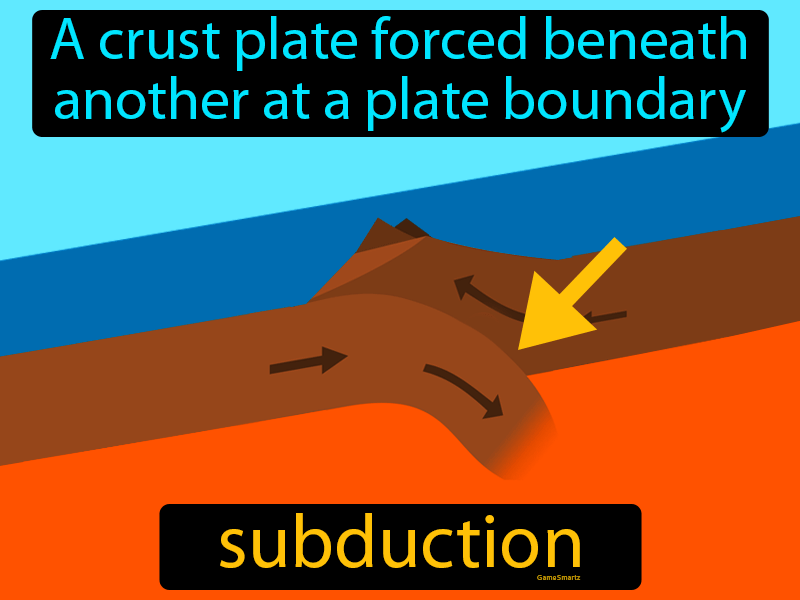


The negative buoyancy of the sinking slab is the main driving force for plate tectonics, and is resisted by viscous bending at the subduction hinge and viscous drag from the ambient upper mantle Forsyth and Uyeda, 1975 Conrad and Hager, 1999.
#Subduction boundary free#
Although flattening, primary inherited chaotic fabrics, and fault migration through subducting sediments or the frontal prism may build mélange sections that are much thicker (to several kilometers), this thickness does not describe the active fault at any depth. Introduction 2 Subduction, the free sinking of dense (oceanic) lithosphere into the mantle, strongly influences the dynamic evolution of the Earth. Thin sharp faults representing earthquake slip surfaces or other discrete slip events are found within and along the edges of the tens-of-meters-thick fault strands.

The total thickness encompassing all simultaneously active strands increases to ∼100–350 m at ∼1–2 km below seafloor, and this thickness is maintained down to a depth of ∼15 km. We describe a general geometric model for subduction thrust décollements, which includes multiple simultaneously active, anastomosing fault strands tens of meters thick. We have compiled direct measurements of the thickness of subduction thrust faults from active and ancient examples observed by ocean drilling and field studies in accretionary wedges. The thickness of an active plate boundary fault is an important parameter for understanding the strength and spatial heterogeneity of fault behavior.


 0 kommentar(er)
0 kommentar(er)
